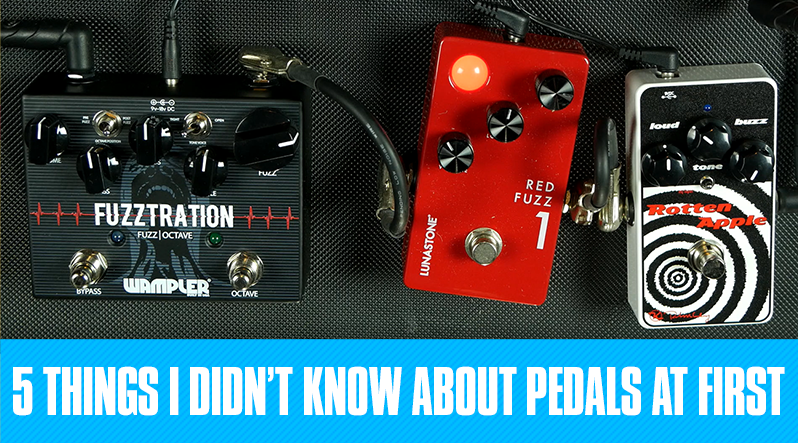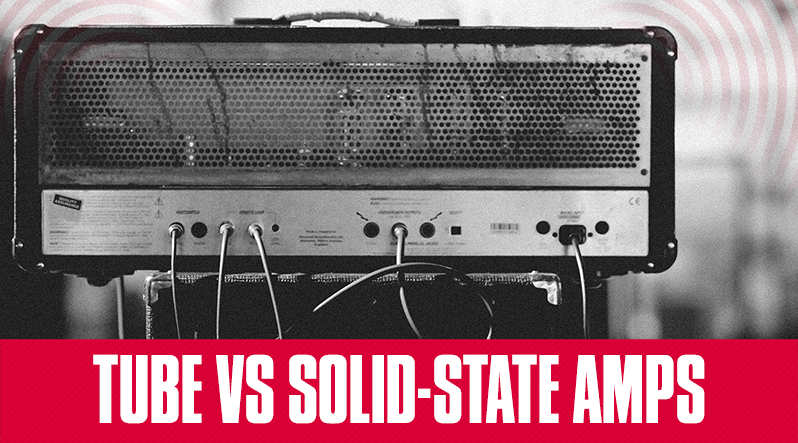
Guitar amps are essential for anyone playing an electric guitar, and it's arguable that the amp itself is responsible for more of the tone than the actual guitar. In the world of guitar amps, there are two types to choose from: tube amps and solid-state amps. Here are five differences between the two types of amplifiers.
1. Tubes can go bad
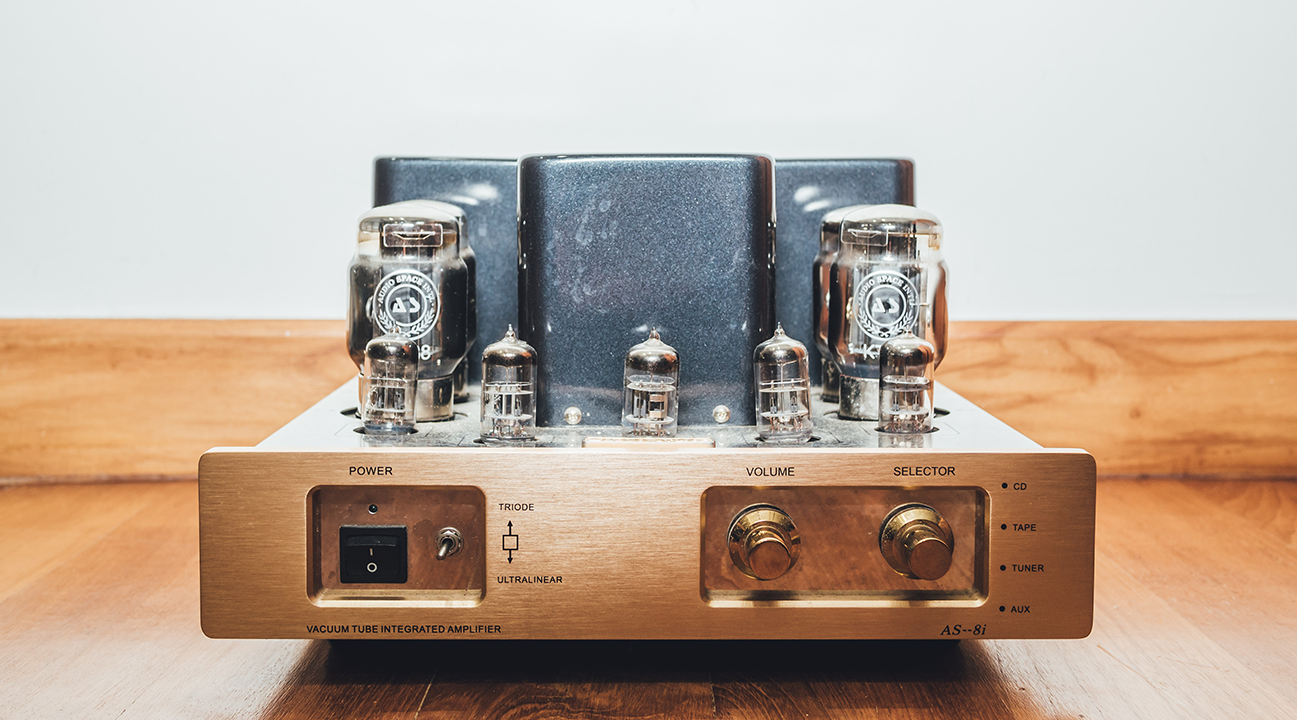
Since tube amps are powered by vacuum tubes, it’s possible that the tubes themselves can go bad. When this happens it can affect your tone, cause unwanted sounds like squealing or distortion (not the good kind), or the amp could stop working altogether.
You can replace the tubes when they go bad but remember not all of the tubes in a tube amp are the same. Tube amps have three types of tubes: power, preamp and rectifier. Make sure you know which ones you need to replace if you have issues!
2. Solid-state amps are more difficult to troubleshoot
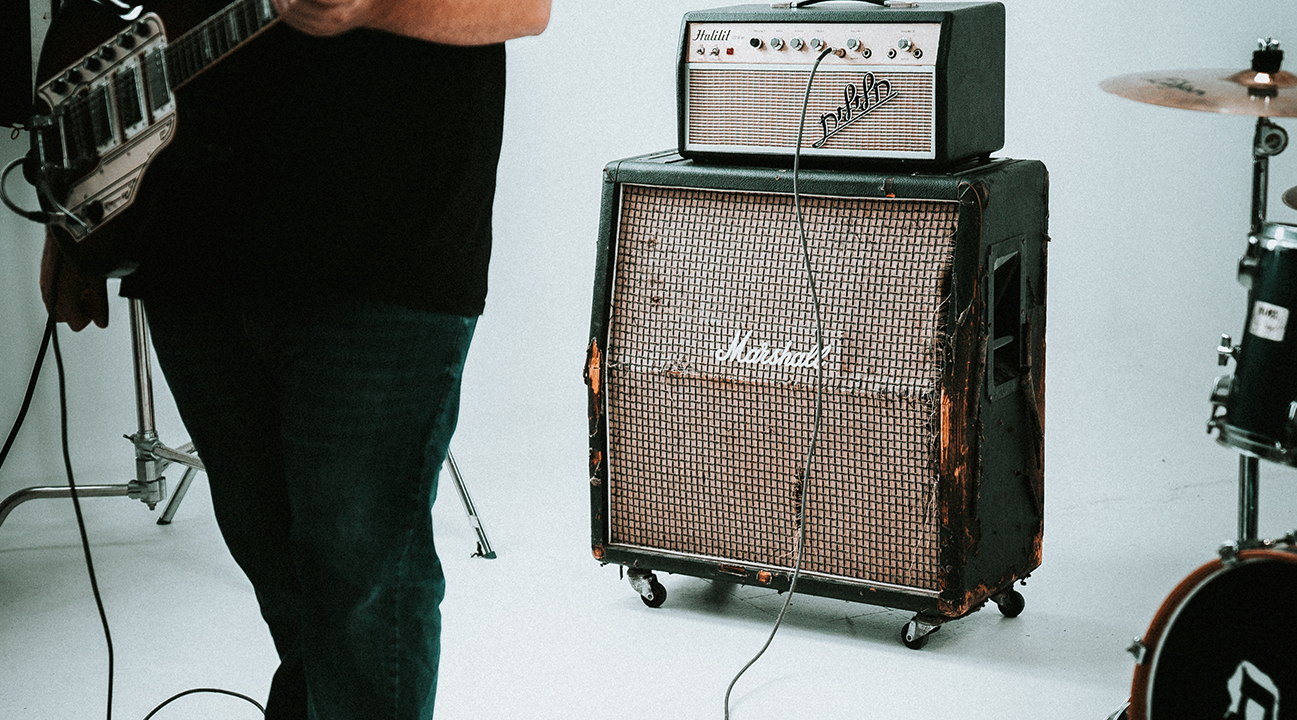
Since tube amps are built with analog technologies, like using actual tubes to power the entire thing, they’re a bit easier to troubleshoot if something goes wrong. Solid-state amps are digital, which means if something goes wrong, it’s really difficult to pinpoint where the problems lie, that is unless you’re an electrician or something.
3. Tube Amps need time to ‘warm-up’
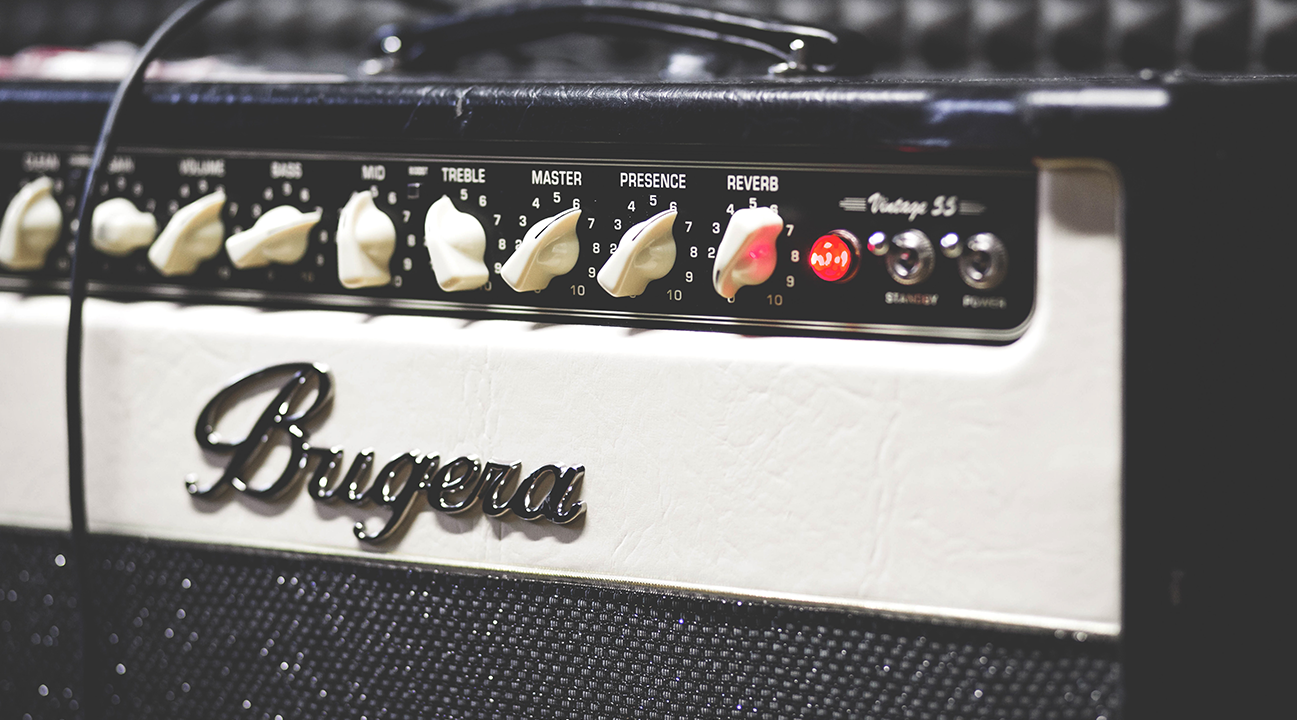
Since tube amps are powered by vacuum tubes, it takes a bit of time for them to warm up and create the classic guitar tone you’re most likely looking for. Some tube amps have a standby switch so that the amp stays ‘warmed-up’ between play sessions, and you’re not having to wait for it again. Overall, it’s a small price to pay for what most guitarists prefer as the more favorable sound.
Guitar tones from a tube amp are generally regarded as a bit smoother, richer and more responsive to subtle touches but that may be because we’re used to hearing tube amps from older recordings.
When pushing a tube amp’s volume, it naturally breaks up the signal. This is where distortion comes from and it’s something that is unique to this type of amp. On the other hand, solid-state amps do not need time to warm up, they’re ready to be played the moment you turn them on.
4. Tube amps are more expensive
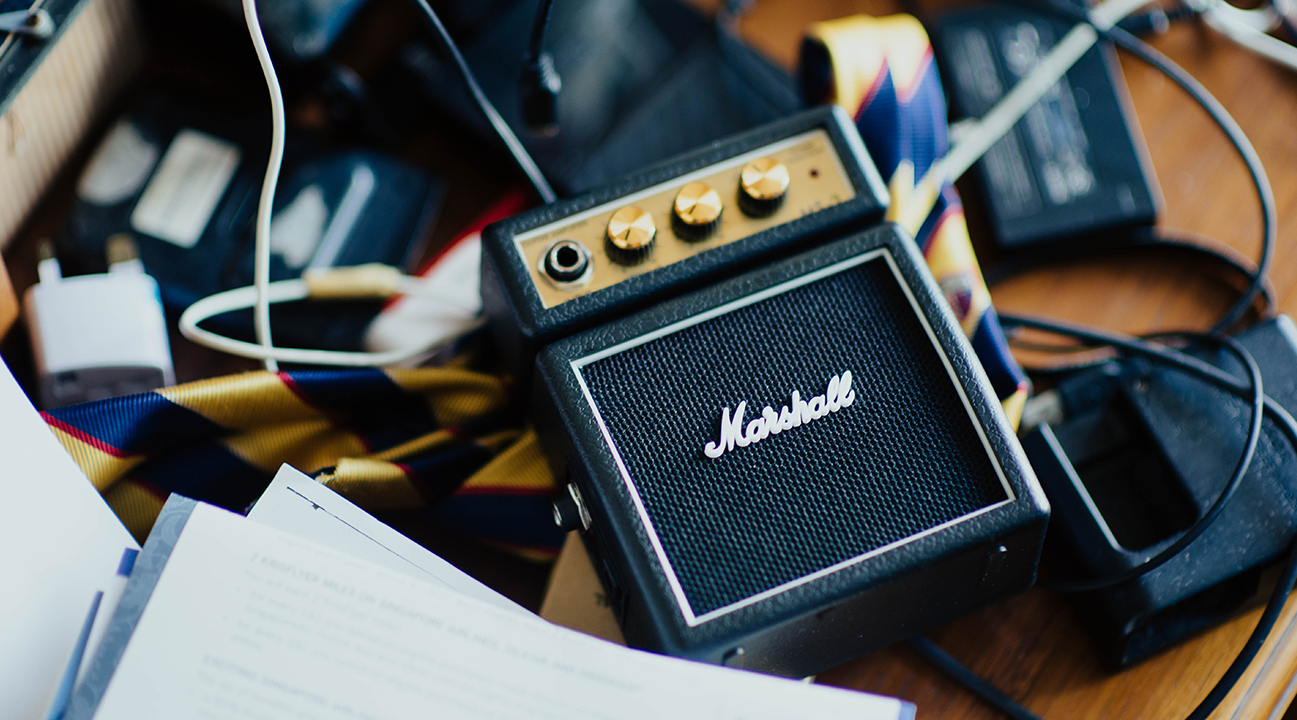
Because of the nature of tube amps, and their favored sound, they’re usually more expensive than their solid-state counterparts. Tube amps start around $400 while solid-state amps can be had for less than $100!
5. Solid-State Amps are more versatile out-of-the-box
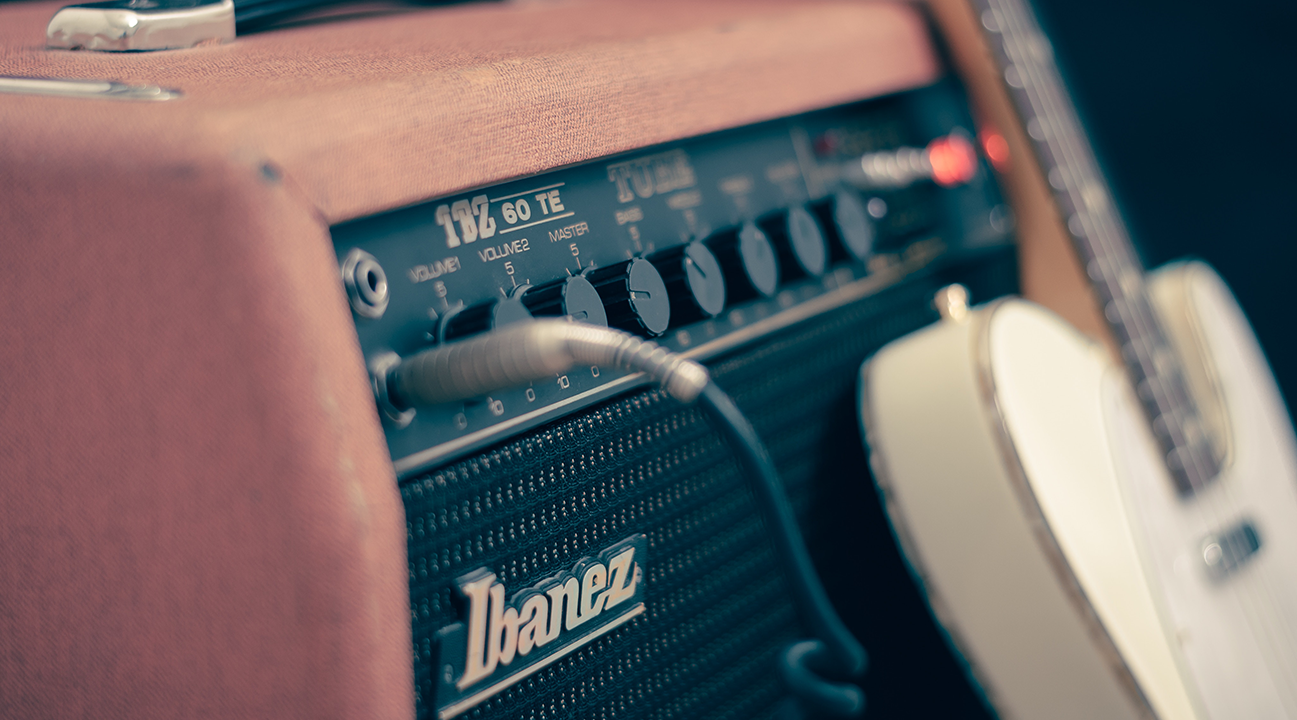
Solid-state amps offer very clean tones if that’s what you’re looking for, or the ability to quickly switch from one style to another thanks to emulation and effects that are usually built right in.
If you want to play around with different types of music and genres, there’s nothing wrong with picking up a solid-state amp. With evolving technologies, some of these amps can even model the sounds of classic tube amps!
Which Guitar Amp Should You Choose?
If you’re looking for a more modern sound, or just want a more versatile amp, that won’t completely break the bank, a solid-state amp is a great place to start.
If you have some money to spend and are looking for that classic rock guitar tone, with tons of warmth and body, a tube amp will be the perfect option.
If you want to learn more about guitar amps, make sure to check out our Rock Level 1 course with Anders Mouridsen right here.
Of course, at the end of the day, these are simply suggestions and you can play any type of music on any type of amp you wish! What do you think? Which type of amp do you prefer? Let us know in the comments!
